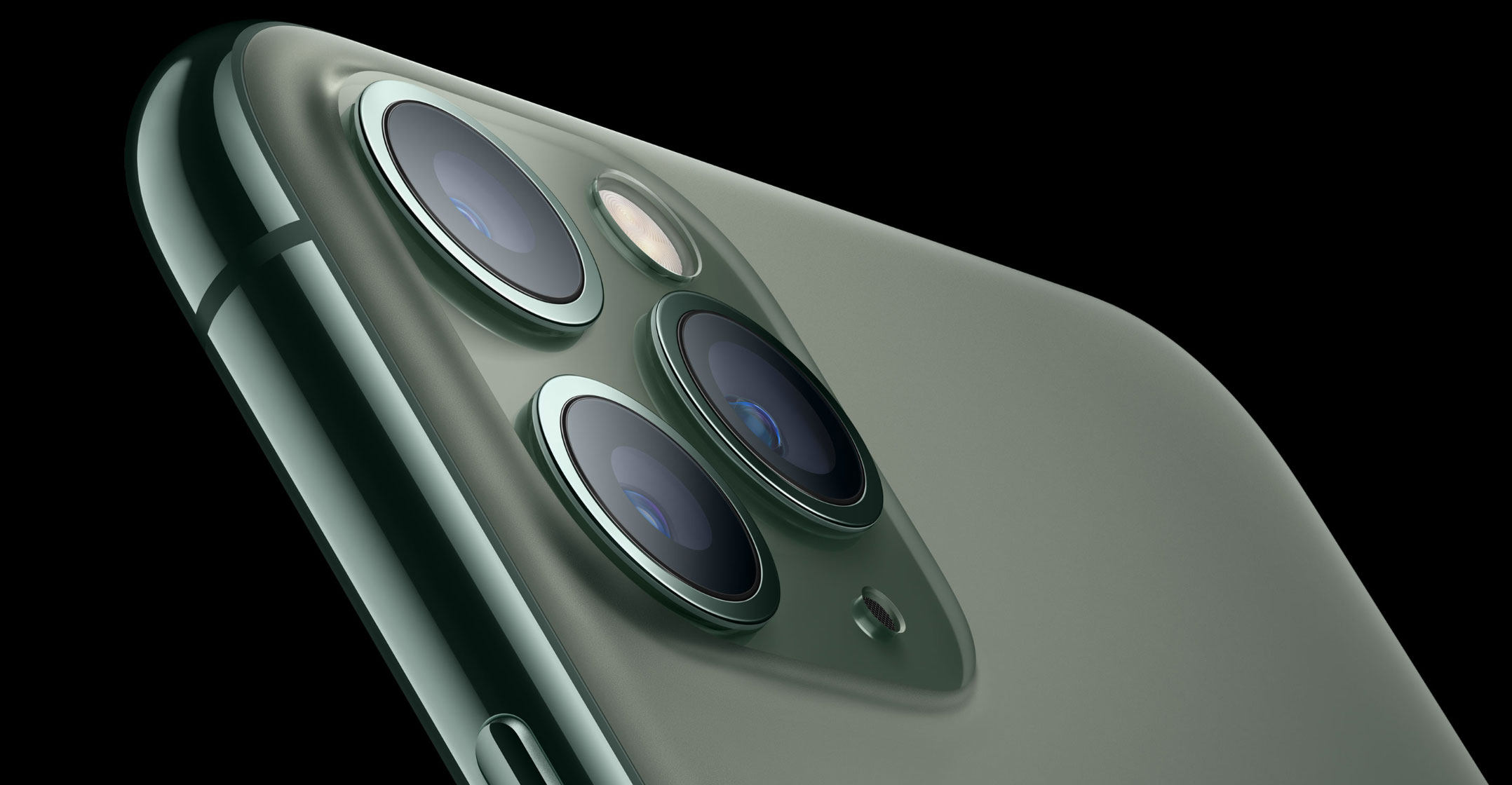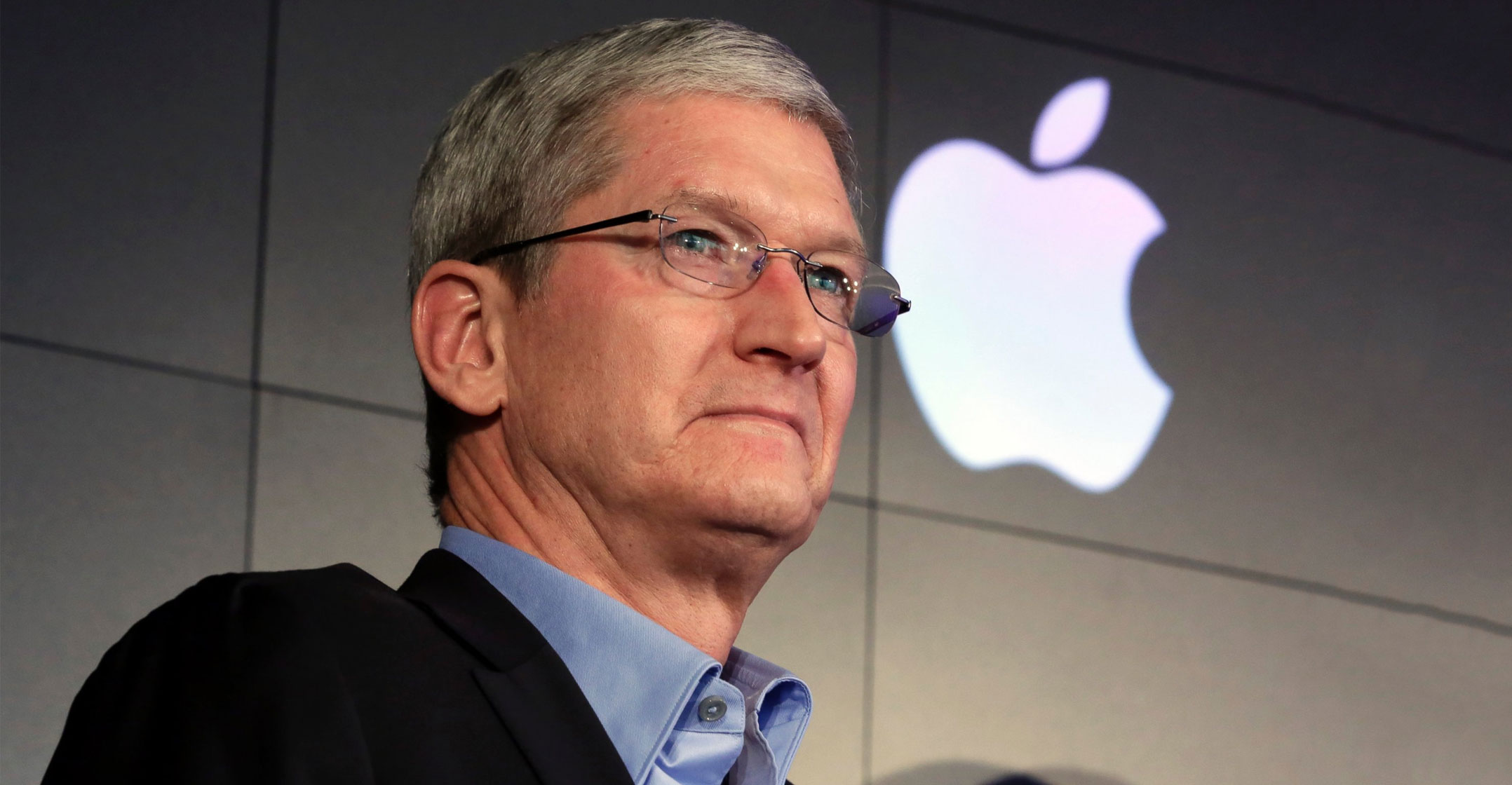 Apple is seeing higher iPhone demand than it expected, thanks to two forces consumers find hard to resist: falling prices and the inevitable ageing of older models.
Apple is seeing higher iPhone demand than it expected, thanks to two forces consumers find hard to resist: falling prices and the inevitable ageing of older models.
Since missing holiday sales targets last year, the company has cut some prices and offered more attractive trade-in deals. The iPhone 11 went on sale on 20 September at US$699 — $50 below the previous iPhone XR, for a more capable device.
That’s coincided with the steady aging of iPhone 6 and 6s models, which broke Apple sales records when they came out in late 2014 and 2015. Now, hundreds of millions of users are looking to upgrade handsets hobbled by slow processors, weak batteries and lack of compatibility with the latest software and services.
The new models are off to a “very strong start”, Apple CEO Tim Cook recently told Germany’s Bild newspaper. An Apple spokesman declined to comment.
Sales of Apple’s iPhone 11 have been slightly higher than expected, according to people familiar with the matter. Earlier this year, Apple asked suppliers to produce 70 to 75 million total iPhone units for 2019. Now suppliers have been told to target the high end of that range, said the people, who asked not to be identified discussing private plans.
The $999 version of the iPhone 11 Pro with a 5.8-inch screen has also been one of the most popular new models, the people added. A recent search on Apple’s website showed many stores in the US, Greater China, the UAE and Australia were sold out of most of the Pro models, while the base iPhone 11 was abundant. Many models ordered online now won’t arrive until early November.
Record high
Since Apple unveiled the new handsets on 10 September, the company’s stock has jumped to a record. Shares of some suppliers have also rallied.
Consumer interest in the iPhone 11 suggests Apple may be tackling a problem that has plagued its lower-end models in recent years: many people want the best iPhones, but can’t afford them. The iPhone 11 bridges that gap. The only major differences between that model and the iPhone 11 Pro is a third-camera for deeper zoom and the resolution of the screen. Reviews of the iPhone 11 have been positive, with praise coming for the consistency of the camera between the regular iPhone 11 and the Pro version.
Shannon Cross of Cross Research attributed the strong demand to the lower price of the iPhone 11, the need for customers to upgrade older devices, and longer battery life of the iPhone 11 Pro.

While the iPhone 11 and iPhone 11 Pro lines aren’t major overhauls, the devices have arrived as some of the most popular iPhones in history are getting so old that many users will have to upgrade soon.
The average iPhone user upgrades every four years, analysts estimate, so handsets purchased in 2015 are likely to be replaced. That was the year the iPhone really went mainstream following the introduction of the larger 6 and 6 Plus models in late 2014. The company sold a record 231 million units in its 2015 fiscal year, up 37% from a year earlier.
Users of 2014 iPhones are also finding that iOS 13, the company’s latest mobile software update, doesn’t work with their handsets. That means they are missing out on new features like Dark Mode, services like Apple Arcade and new apps from third-party developers.
More than 40% of iPhone owners are using a model that first came out before 2017, according to data from Mixpanel. That suggests there are about 350 million of these devices primed for an upgrade, based on an iPhone installed base of more than 900 million.
In a research note from September, Sanford C Bernstein analyst Toni Sacconaghi forecast Apple to sell about 368 million iPhones in 2019 and 2020. That would be down from the 434 million units sold in 2017 and 2018 combined. But since Apple missed sales targets late last year, expectations are more muted, and some of Wall Street’s focus has shifted to the company’s growing digital services business.
“Upgrading the install base is one thing, but additional factors like services revenue are key as well,” Cross said.
Results
The company is scheduled to report fiscal fourth quarter results on 30 October and analysts expect revenue of $62.9-billion, about the same as last year. Apple will ship 40.9 million iPhones in the period, down 13% from a year earlier, according to Sacconaghi’s estimates from September. That quarter includes less than two weeks when the new handsets were available to buy.
Investors will be watching Apple’s forecast closely. The fiscal first quarter covers the 2019 holiday period when the company will sell a lot more new iPhones. Analysts are looking for revenue of about $86.3-billion, 2% higher than last year. Apple will ship 66.2 million handsets that quarter, up 2% from the same period a year ago, according to Sacconaghi.
The Cupertino, California-based technology giant could have another strong showing next year when it launches its first iPhone design overhaul since 2017 and its first low-end version since 2016.
Next year’s new high-end models, coming around September 2020, are due to include new screen sizes, a faster chip, support for 5G networks and rear-facing 3D cameras for new augmented reality apps. The company is also planning a new cheap iPhone for the first half of 2020, which would bring a faster processor to the iPhone 8 and a price tag that’s likely at $250 less than the iPhone 11. — Reported by Mark Gurman and Debby Wu, with assistance from Ryan Vlastelica, (c) 2019 Bloomberg LP




